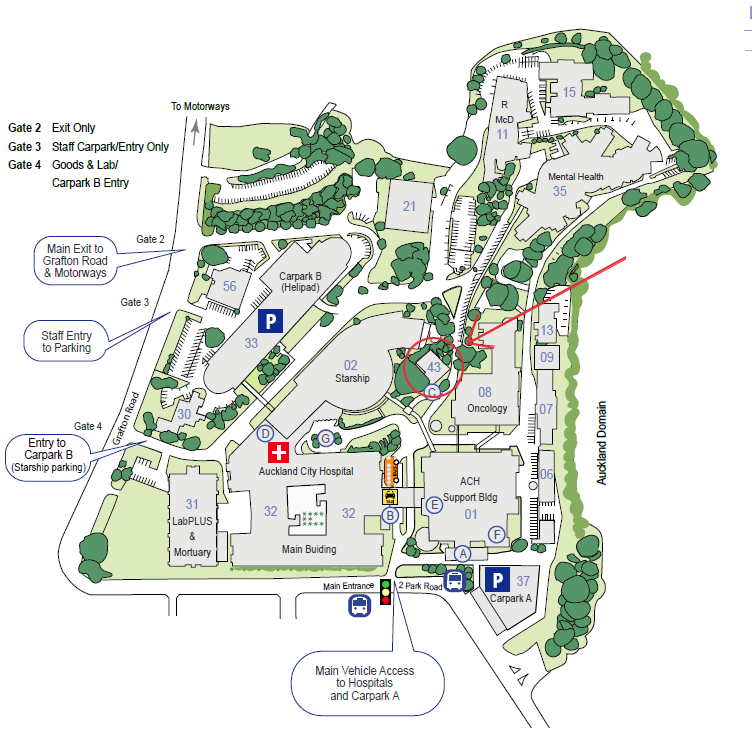Title
Founders' Lecture: Bisphosphonates: 50 Years of bone protectionPresented by
Distinguished Professor Ian ReidAbstract
The bisphosphonate nucleus consists of two phosphate groups linked through a central carbon atom. Different side-groups on the central carbon atom define the large number of synthesized compounds in this class. The bisphosphonates were originally synthesized in the 19th century, since which time they have been used for descaling boilers and preventing blockages in pipes, through their propensity to inhibit crystal formation. They came to medical attention in the 1960s when researchers were looking for ways of preventing kidney stones. Inadvertently, they discovered that these compounds inhibit bone resorption, which led to their use in Paget's disease, but subsequently in the management of hypercalcemia, osteoporosis, and metastatic bone disease.
Presenters
Distinguished Professor Ian Reid
Ian Reid is an Auckland medical graduate, and an endocrinologist and Distinguished Professor at the University of Auckland. His research interests include calcium metabolism, vitamin D, osteoporosis and Paget’s disease. He has written extensively about the safety and efficacy of calcium supplements, how to define vitamin D deficiency, and has been involved in development of most new osteoporosis treatments in the last 30 years, particularly the bisphosphonates. He is a past-president of the International Bone and Mineral Society (IBMS), and recipient of research awards from the Australian & New Zealand Bone & Mineral Society, the European Calcified Tissue Society, the American Society of Bone and Mineral Research, and the New Zealand Prime Minister’s Science Prize.



